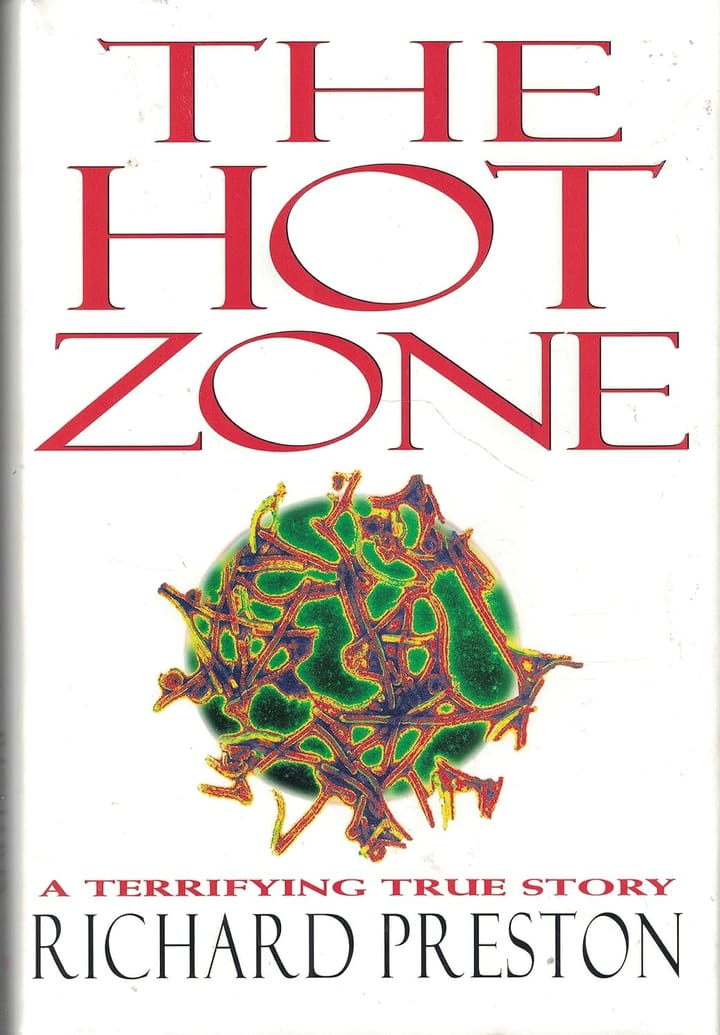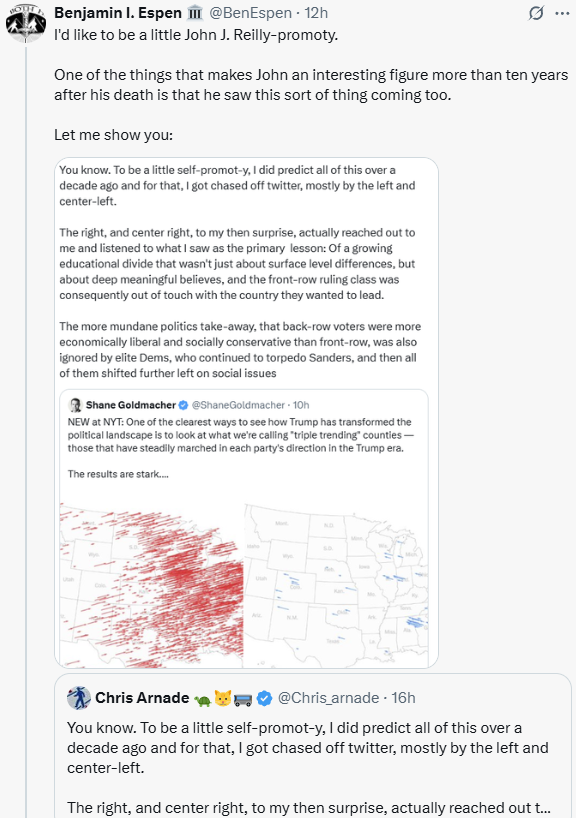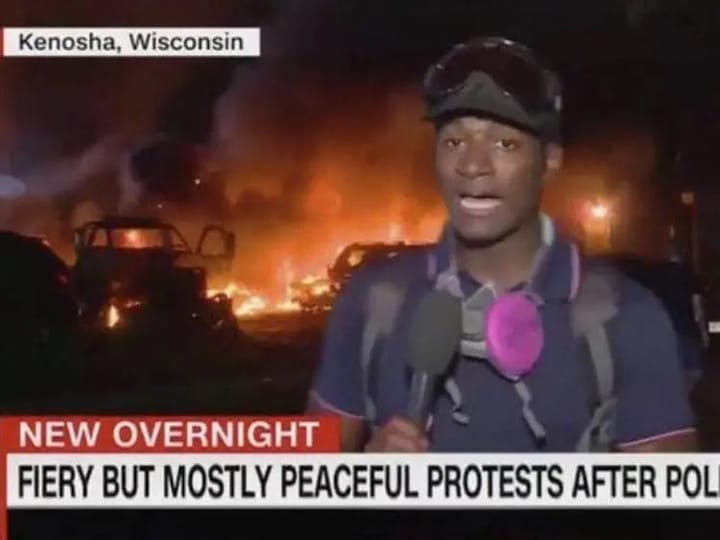The Long View: The Making of the President 1960
Sixty years later, this is still fascinating.

The Making of the President 1960
By Theodore H. White
Atheneum Publishers, 1961
400 Pages, Various Prices
ASIN B000BPDQ28
Historians have long since written the second and third drafts about the contest between John Fitzgerald Kennedy and Richard Milhous Nixon for the presidency in 1960. For most purposes, this contemporary Pulitzer Prize-winning book by Theodore H. White was the first draft. I read it now, in March of 2008, to see what light the election campaign of 1960 may cast on the upcoming US presidential election of 2008. I wanted to know things such as what it meant for the identity of a presidential nominee still to be undecided right until the party nominating conventions, or whether John Fitzgerald Kennedy was dismissed as Barack Obama is today, as a confection of fine phrases in a well-tailored suit. As I read the book, I saw one can indeed find parallels between the two election cycles, though not always where one might expect them to be. I hope to address several of these issues in other places on my website. For this review essay, though, I would like to focus on just one point: press bias.
The author, Theodore H. White (1915-1986), was one of the great chronicler-journalists of the 20th century. (His happy inspiration for this book started a franchise that he continued through The Making of the President 1972.) A Jewish son of Boston, he attended Harvard with young Joseph Kennedy as a classmate, if not an acquaintance; Joseph’s brother John was two years behind. At Harvard he studied Chinese. He became a China reporter for Time magazine. He went on to other assignments in Europe and then in Washington. He got to know Senator John Kennedy before Kennedy was widely regarded as worth knowing, with the result that he was in the Kennedy compound at Hyannisport, indeed in the Kennedy living room, on election night 1960. In his memoir, In Search of History (1978), he explains how, after the president’s assassination, he became the conduit through which Kennedy’s widow, Jacqueline, communicated to the outer world that she would be pleased if posterity thought of the Kennedy Administration as “Camelot.”
One senses in this book that the author tried to be fair, though not necessarily impartial, in his coverage of the race between Kennedy and then-Vice President Nixon, the Democratic and Republican candidates respectively. He really tried. He plainly sympathized with Nixon at times. He seemed to think it unfortunate that Nixon liked Kennedy while Kennedy did not like Nixon. Nonetheless, the overall disparity between his treatment of the two candidates is nothing short of hilarious. Consider this portrait of Kennedy at one of his many moments of triumph; in this case, as he went to accept the surrender of his opponents in the Democratic Party at the nomination convention at Los Angeles:
Kennedy loped into the cottage with his light, dancing step, as young and lithe as springtime, and called a greeting to those who stood in his way.
Now we see poor Nixon as he stops at yet another small town near the dreary end of an exhausting campaign:
The refrain might grow dull to those who followed him, yet it must have been impossible, seeing him just once at a railway station, not to want to comfort this man who, like so many of his listeners, was one of life’s losers.
White is aware of the disparity and makes some plausible excuses for it. Both campaigns had good logistical support for the press corps: in each case, about four dozen senior reporters followed the candidates by bus and plane (jets: a first for this election). This rabble was duly provided with boxed meals, cramped hotel rooms and liquor. After a few weeks, we are assured, everyone drank before lunch. Kennedy famously cultivated the press. He kept a rotating group of three reporters with him on his own jet, where they could hear him discourse day and night on the great issues of the world; this quite aside from the many informal opportunities he gave to the press to ask questions. He had not one but three “brain trusts,” blindingly brilliant persons who were frequently in the Kennedy entourage and eager to provide background. Most important, perhaps, Kennedy took care to ensure that anything he said in public was immediately available to the press in printed form. This saved them the trouble of transcribing his remarks or, even worse, thinking about them before they filed their dispatches. (As a rule, they did that by Western Union telegram. There is a certain steampunk feel to the description about how the press pool at the Hyannisport Armory was provided with specially installed teletypewriting machines on election night; for once, by technological miracle, they were able to send text in real time.)
For most of the campaign, Nixon did none of these things, though almost at the end his aides realized the folly of “punishing” the press by not issuing transcripts. Nixon had conceded the press to his opponent; or at any rate, he conceded the working press. His strategy was to go over the heads of mere reporters by obtaining the support of newspaper owners. In that he was remarkably successful; the great majority of editorial pages that endorsed a candidate endorsed Richard Nixon. He also hoped to go over the heads of the news media entirely by direct television appeals.
This brings us to the famous four television debates between Kennedy and Nixon. Only about 11% of American households had had televisions in 1950; in 1960, there were around 86%. Those numbers were all the more important because there were just three networks (actually two-and-a-half: the American Broadcasting Company was half the size of either the Columbia Broadcasting System or the National Broadcasting Company) They operated under weirdly restrictive regulation (slightly relaxed in 1960) of what they could broadcast, especially about politics. So, anything the public saw about the candidates would be something that almost everyone saw, and they would see it in a highly formalized way.
Nixon believed that Kennedy, with his elaborate Edwardian prose and frosty Harvard manner, would compare poorly in such a medium to Nixon’s own studied informality. White tells us that, in person, Nixon came off as masculine, vigorous, often even warm. In the first debate, however, through a combination of bad makeup and ill-considered lighting, Nixon seemed a hollow-eyed zombie in desperate need of a shave. As for Kennedy, his appearance was impeccable and his manner suited the medium. More important, he addressed his points to the audience, rather than to his opponent or to the panel of journalists who asked the questions. Nixon, in contrast, made lawyerly debater’s points against what Kennedy said. Famously, people who read later transcripts of the debate or heard it on the radio thought that Nixon had won. The important thing was that over a third of the total American population had seen it on television, and they were certain that Kennedy had won. In the third debate, where the candidates sat in different studios on the East and West Coast, Nixon managed to reverse this result, but by then it was too late. Kennedy had begun the debates as the junior contender in a contest that was widely seen as Nixon’s to lose. After it, he was at least Nixon’s equal.
Meanwhile, this is what was happening to the reporters who were writing the news that people read every day:
By the last weeks of the campaign, those forty or fifty national correspondents who had followed Kennedy since the beginning of his election exertions into the November days had become more than a press corps – they had become his friends and, some of them, his most devoted admirers. When the bus or the plane rolled or flew through the night, they sang songs of their own composition about Mr. Nixon and the Republicans in chorus with the Kennedy staff and felt that they, too, were marching like soldiers of the Lord of the New Frontier.
Again, in those days, there was no way to alleviate the distorting effects of this kind of partisanship. There were newspapers and broadcasters with less strong partisan commitments among their staff, but they were dependent on Kennedy’s Choristers for news, and the Choristers all sang the same tune. One result was that the campaigns were as misled as the public. The reporters loved Kennedy. Everyone they talked to loved Kennedy. Soon they were writing glowing dispatches about how everyone they saw loved Kennedy. In the final weeks of the campaign, when Nixon’s popularity was in fact surging (in part because Nixon had, at last, permitted President Eisenhower to campaign for him), the press was reporting an unstoppable Kennedy surge. The Nixon campaign believed this misinformation as much as the Kennedy people. Gloom settled over the Nixon campaign. Then the actual election occurred.
Kennedy’s victory margin in the popular vote was a matter of decimal places: 49.7% to Nixon’s 49.6%. The absolute number was (by one calculation) 112,000 votes. In contrast, Al Gore’s popular vote victory over George W. Bush in 2000 was a bit over 500,000; a landslide by comparison. Though perhaps tactfully declining to raise the possibility of fraud, White notes that a change of 4,500 votes in Illinois and 32,500 in Texas (home of Kennedy’s vice-presidential running mate, then-Senator Lyndon Baines Johnson) would have flipped the election in Nixon’s favor. Actually, the closeness of the race was predictable. Kennedy focused on nine big states. He managed to win New England, the Northeast and the Old South, a deliberate squeaker of a win based largely on Electoral College calculations. Nixon won almost everywhere else. We might also note that the Republican minority in Congress increased in both Houses.
On election night the press learned very little of this, much less the general public. Television coverage seems to have been a Kennedy rally almost all night. Most deluded of all were the reporters at the Hyannisport Armory, who had the misfortune to be in continuous contact with the Kennedy compound. The press representatives of the New Frontier fed their journalist colleagues partial results, all of them perfectly accurate but widely different in implication from the somber news that the Kennedy’s own improvised news center was collating. The press duly typed the Kennedy evangel to their editors; the amazing Buck Rogers teletypewriters served chiefly to deceive the people with unprecedented facility.
On the flipside, we may note that, on the afternoon of Election Day, President Eisenhower made a get-out-the-vote television address for the benefit of the West Coast. We can only imagine what would have happened it President Clinton, say, had rendered such aid to his own Vice President Gore. At this point, it is hard to see how Eisenhower’s final effort could have affected the outcome of the election; Nixon was going to win the West almost no matter what happened. However, one could see such an appeal changing the vote in the West enough for Nixon to have won a popular majority, while still losing in the Electoral College.
Had that happened, I think, then quite likely the College would have been amended or abolished in short order. Like the Jim Crow laws in the South, it would have been too great an embarrassment to allow to continue when the US was still in competition with the USSR for the role of paradigm society.
Copyright © 2008 by John J. Reilly



Comments ()